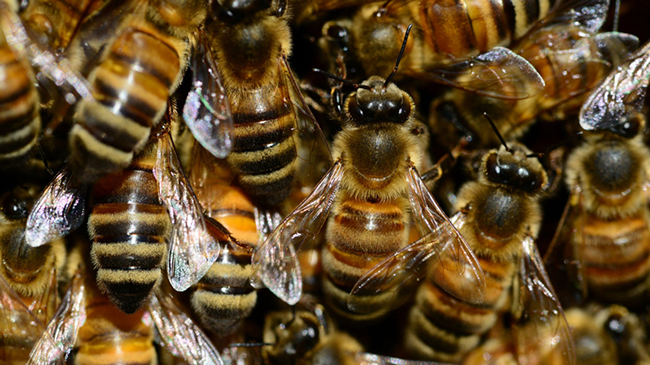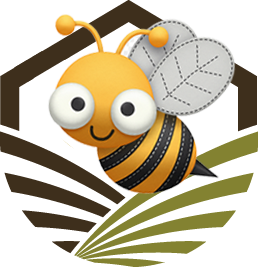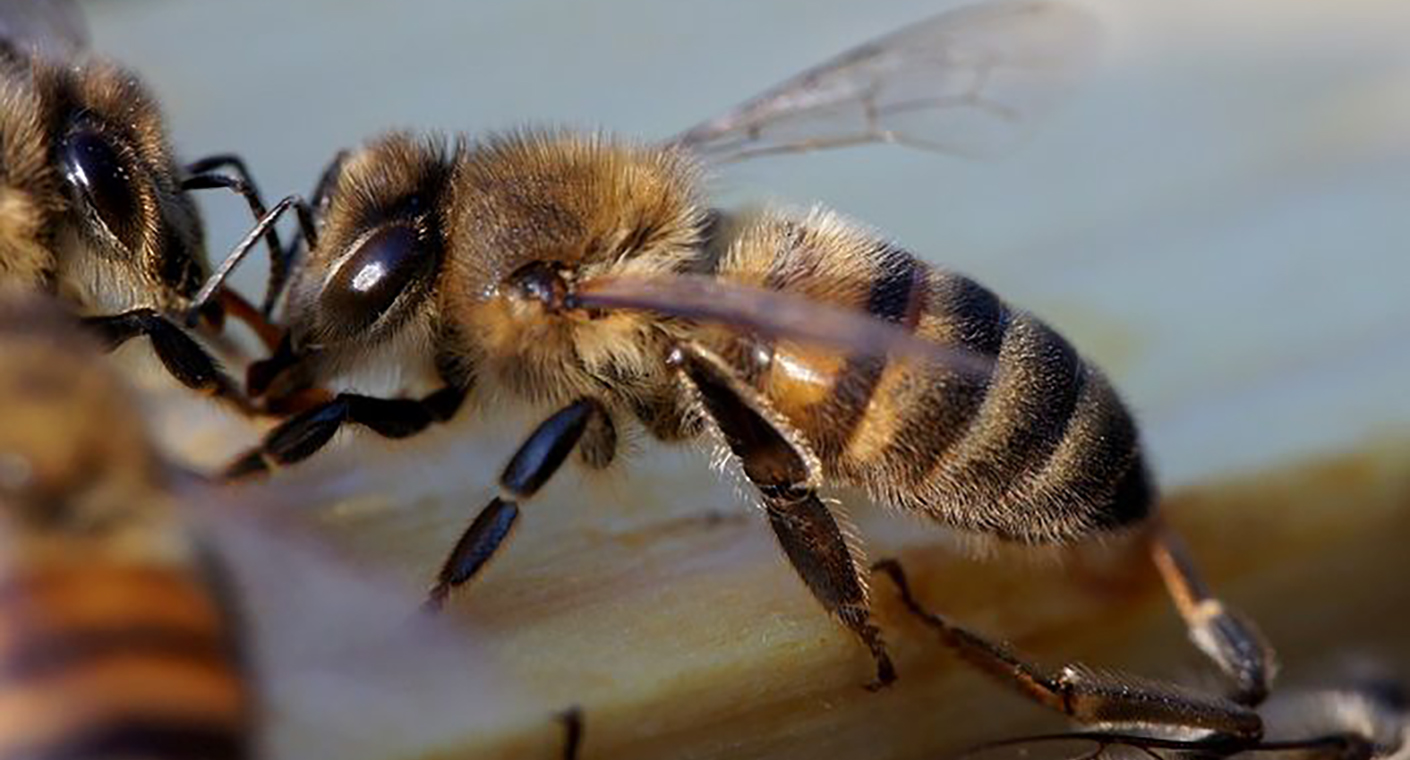The Buckfast Bee: A Beekeeper’s Engineered All-Rounder
The Buckfast bee is not a natural subspecies, but a selectively bred hybrid created to combine the best traits of multiple honey bee races. Developed in the early 20th century by Brother Adam, a monk at Buckfast Abbey in Devon, England, this bee was the result of decades of controlled breeding aimed at producing a hardy, productive, and gentle honey bee.
Origins and breeding history
In the 1910s, the local bee population at Buckfast Abbey was decimated by a devastating outbreak of Isle of Wight disease (caused by the tracheal mite). Brother Adam began importing and crossing bees from different European and Middle Eastern races, carefully selecting offspring with desirable traits.
Over time, he incorporated genetics from the Italian bee (Apis mellifera ligustica), Carniolan bee (Apis mellifera carnica), Anatolian bees, and others, stabilizing a line that became known as the Buckfast bee.
Physical characteristics
-
Color: variable, though often light brown with golden tones; markings can differ depending on the breeding line.
-
Size: medium to large, with strong wings and efficient flight capability.
-
Appearance: uniform and sleek, though more diverse in color than pure subspecies.
Temperament and behavior
Buckfast bees were bred for gentleness and ease of handling, making them a favorite among both hobbyists and commercial beekeepers. Key behavioral traits include:
-
High honey production in a wide range of climates.
-
Low swarming tendency compared to many other bees.
-
Excellent disease resistance, particularly against tracheal mites in the original breeding stock.
-
Strong orientation skills and efficient nectar gathering.
They also build up their population gradually in spring, which helps prevent swarming and allows the colony size to match nectar flows.
Advantages in beekeeping
-
Highly adaptable to different environments, from northern Europe to warmer climates.
-
Productive even in variable weather conditions.
-
Generally calm and non-aggressive, allowing easy management.
-
Selective breeding can be tailored to local needs.
Legacy and modern role
Today, the Buckfast bee remains one of the most successful and widely kept hybrid honey bees in the world. It represents the power of careful genetic selection in apiculture, serving as a model for breeding programs that aim to balance productivity, gentleness, and resilience.

Buckfast bee is a hybrid, maintaining its desirable traits requires controlled mating

